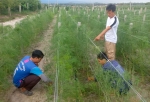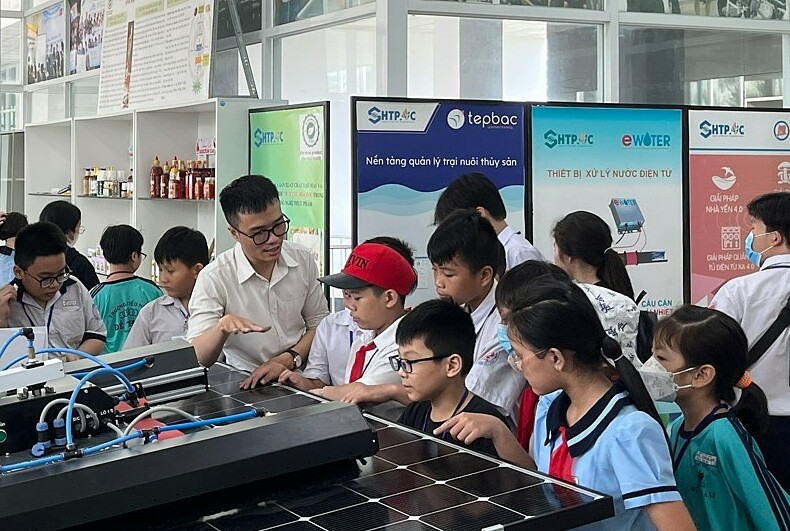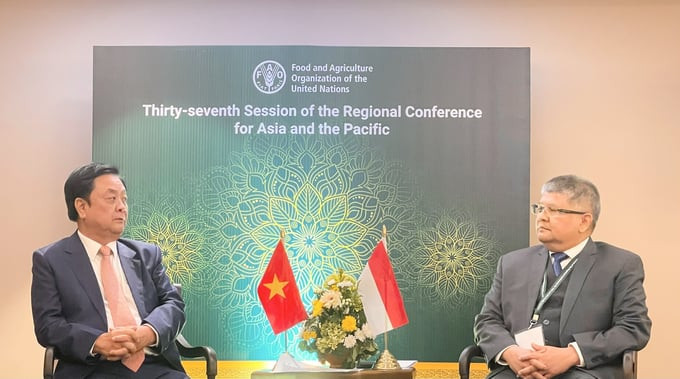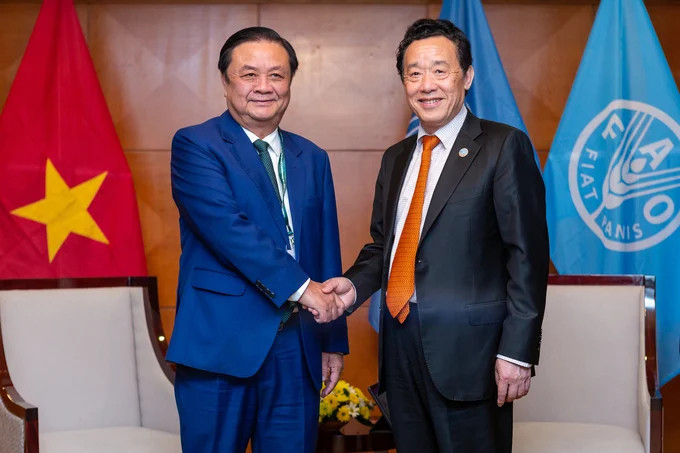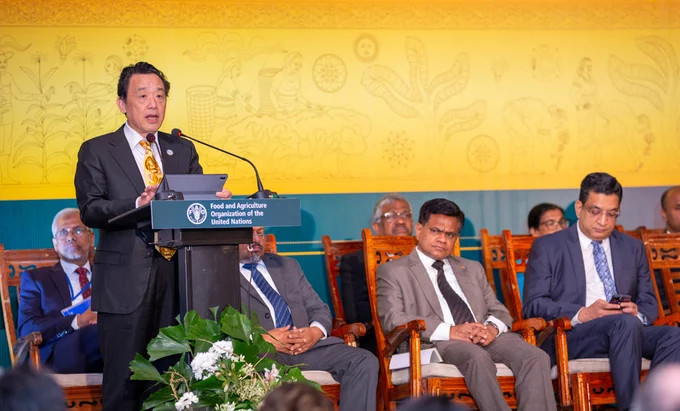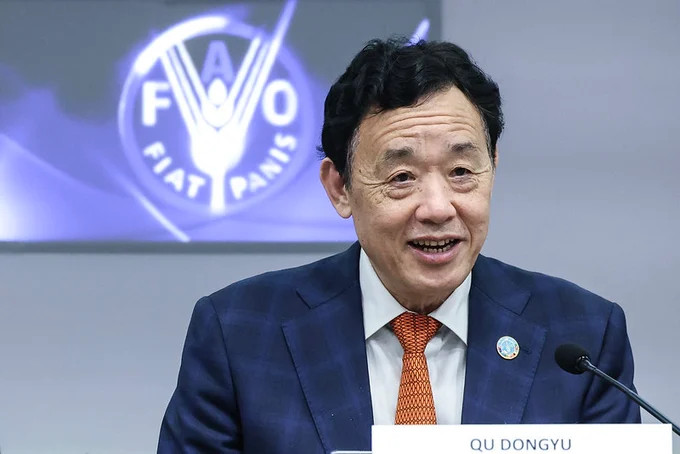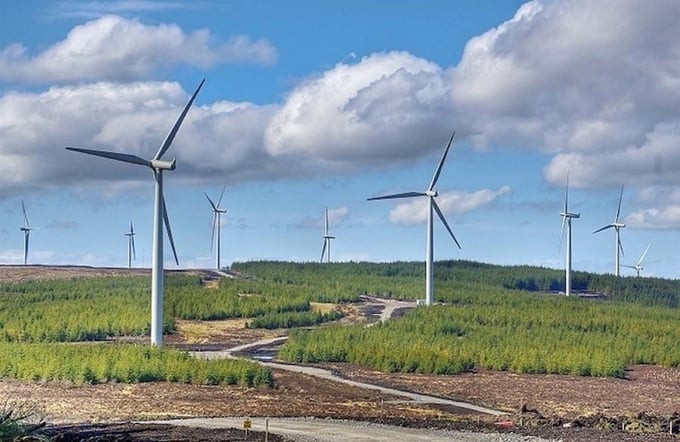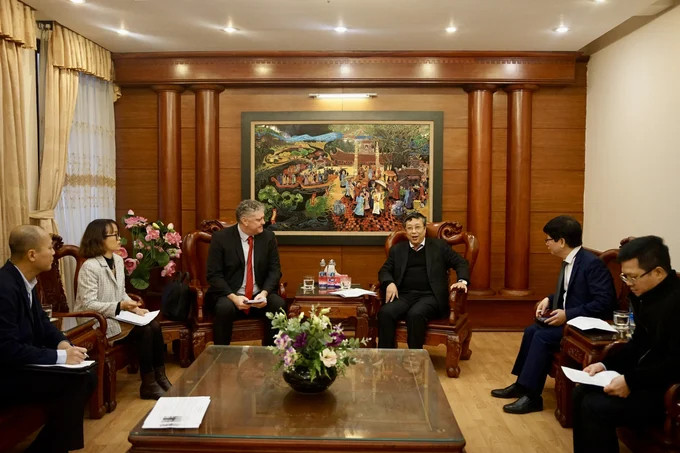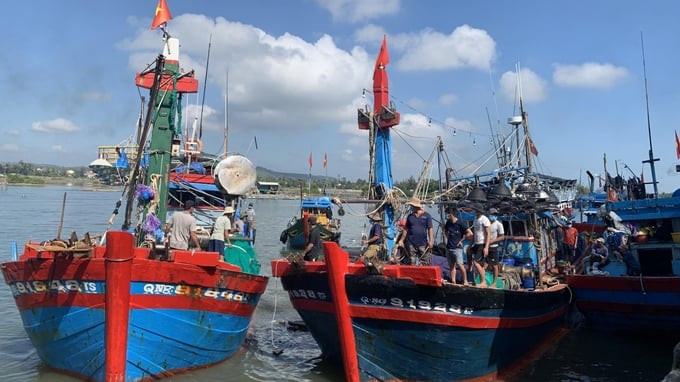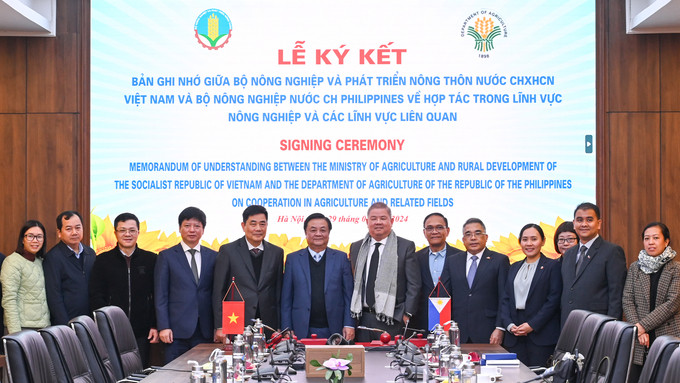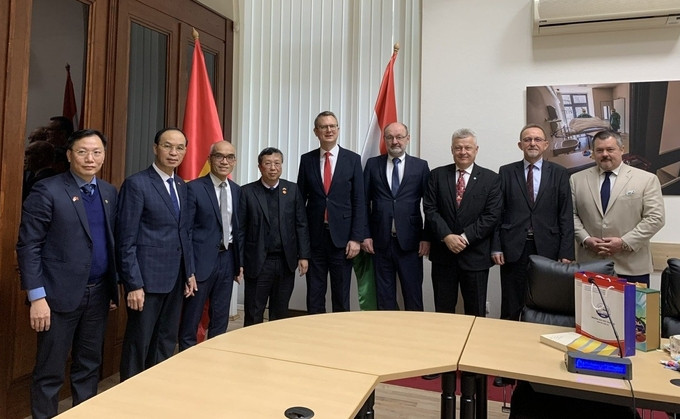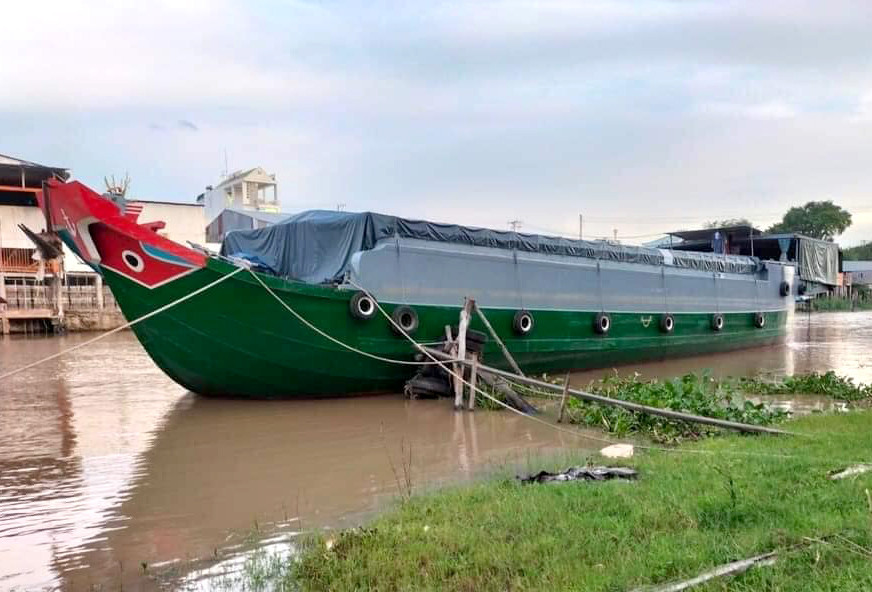
A boat carrying rice in the Mekong Delta.
The Ministry of Agriculture and Rural Development hosted a Consultation Workshop on the Draft Scheme "Developing Logistics System to Improve the Quality and Compatibility of Vietnamese Agricultural Products by 2030, with a Vision to 2050."
Tran Thanh Nam, Deputy Minister of Agriculture and Rural Development, stated at the workshop that agricultural products are a specialized sector requiring preservation, transportation, and logistics to prevent loss and maintain quality. Due to insufficient agricultural logistics, the logistics costs for a number of agricultural commodity industries in Vietnam account for 20 to 40 percent of the price structure, which is significantly higher than in other countries in the region.
Consequently, the scheme concentrates on researching the establishment of a three-level logistics center system with close ties to the supply chain and market distribution of goods.
The logistics center system consists of regional agricultural logistics centers, logistic centers of regions with a high concentration of agricultural production, and export logistics centers. This system of three-level centers is tightly integrated with the current market structure to facilitate the production and trade of agricultural products.
The regional agricultural logistics center is the link between the raw material production area and the goods processing areas in urban areas, connecting the domestic and export markets. It is also a place where logistics services, technology transfer, training, etc. are provided to enhance the value and competitiveness of agricultural products and to monitor the supply and demand for agricultural products.
The agricultural logistics center in concentrated production areas is a place to attract and gather local agricultural products in key production areas, wood material areas, and aquaculture areas for preliminary processing, manufacturing, and supplying regional agricultural logistics centers, agricultural logistics centers for export located near principal border gates, ensuring the ability to supply high-quality agricultural products, meeting food safety requirements, and monitoring agricultural product quality.
Serving trade activities at key border crossings with neighboring nations (such as China, Laos, and Cambodia) and commercial activities at major ports. This center collects goods, inspects them to ensure quality and food safety in accordance with import-export country regulations, reduces customs clearance costs and shortens customs clearance time, and streamlines payment to facilitate the growth of border trade and the management of imported agricultural products.
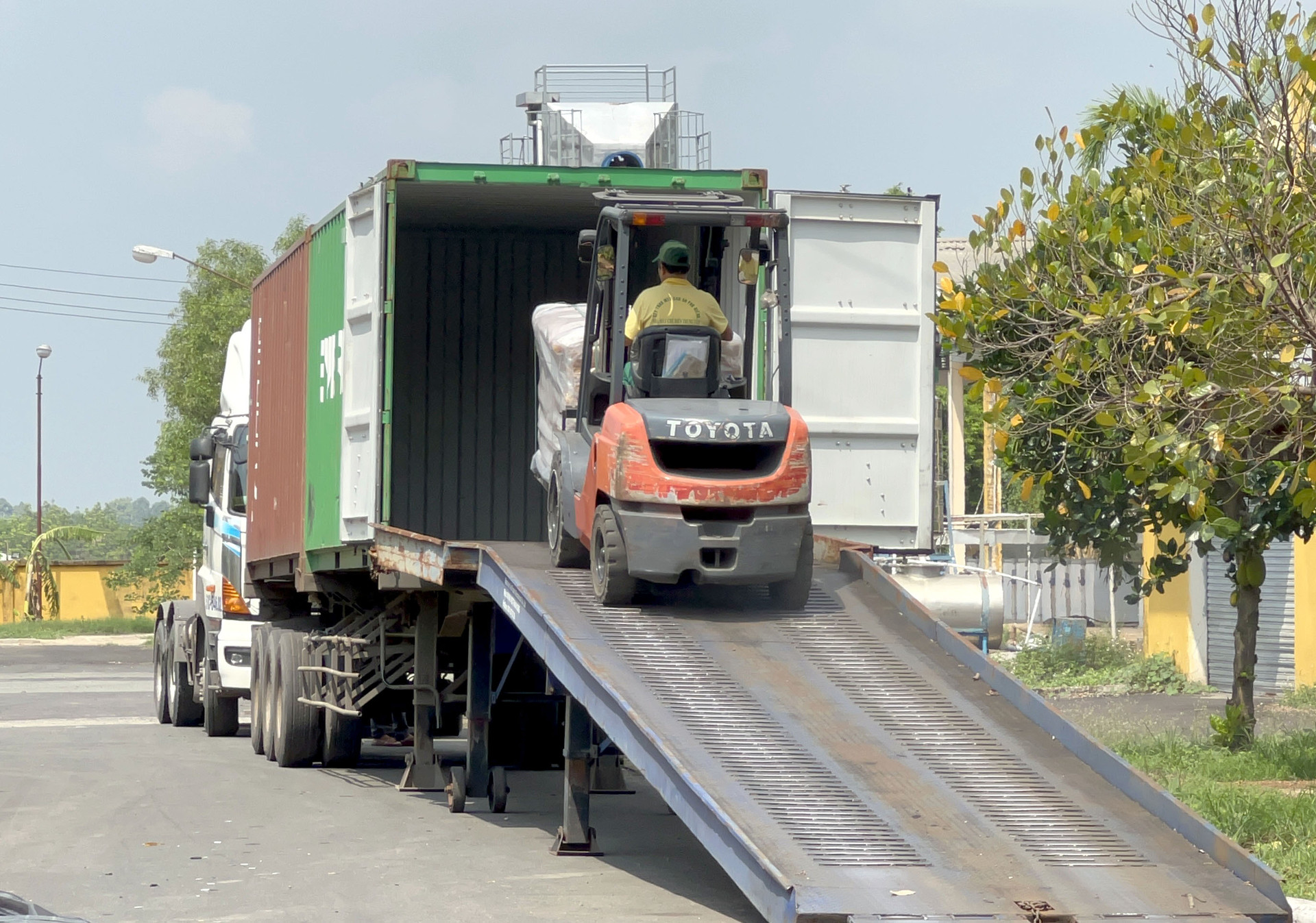
Loading rubber to the transport for selling at Phu Rieng Rubber One Member Limited Liability Company, Binh Phuoc.
The specific objective of the scheme is to ensure the supply of quality and safe agricultural products for the domestic and export markets, maintain Vietnam's position in agricultural exports, and strive to be among the top 10 agricultural product processing nations by 2035; improve the efficiency of logistics services to support agricultural production and business, reduce logistics costs and post-harvest loss by 20% for agricultural products compared to the present; and increase the efficiency of logistics services to support agricultural production and business. Ensure that large raw material areas are equipped with logistics systems to aid in maintaining the integrity of agricultural products.
Concurrently, forming a logistics system to support the production and commerce of agricultural products by connecting major production areas to wholesale markets, domestic markets, and export markets. Completing the network of purveyors of agricultural logistics services.
In addition, the formation of a team of businesses, cooperatives, and professional merchants using "green" high-tech logistics to participate in the agricultural logistics system. Improve institutions to support agricultural production and trade logistics development. The Agricultural Product Logistics Association was established, bringing together participants in the agricultural logistics system.
In particular, there will be an effort made to improve the cooperatives' ability for logistical support. The program will provide cooperatives with advisory services and capacity building opportunities in the areas of logistics, trade promotion, and market connectivity. Additionally, it will support cooperatives in investing in infrastructure for raw material areas and logistics.
Additionally, the project will incorporate a program on agricultural extension and the transfer of science and technology applications to cooperatives, as well as training on good farming systems, the control of pesticide residues, assistance in obtaining quality standard certificates (such as VietGAP, GlobalGAP, etc.), and the application of technology to trace the origin of agricultural products.
Translated by Linh Linh






